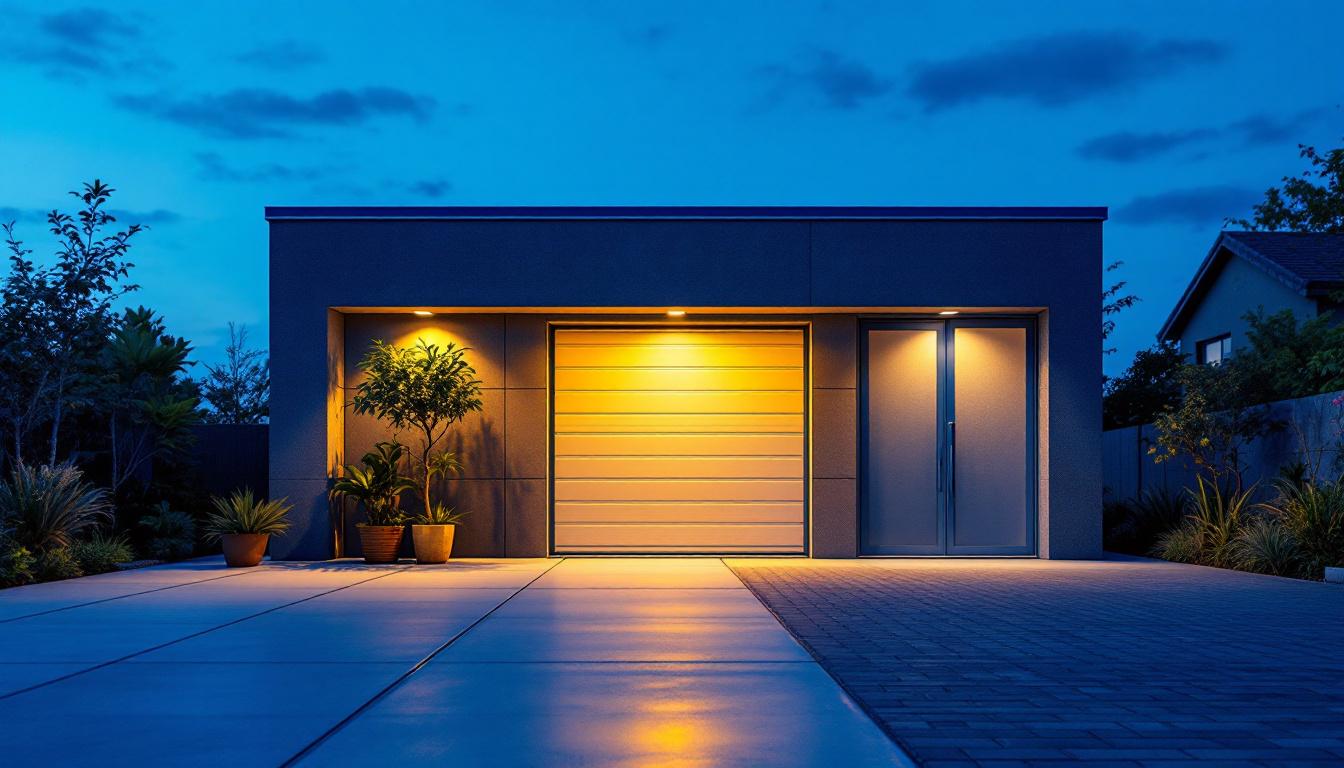
As the demand for sustainable energy solutions grows, solar wall lights have emerged as a popular choice for both residential and commercial applications. These lights not only provide illumination but also contribute to energy savings and environmental sustainability. For lighting contractors, understanding how to optimize solar wall lights for maximum efficiency is crucial. This article delves into the various aspects of solar wall lights, including their components, installation techniques, and maintenance practices, to ensure optimal performance.
Solar wall lights are outdoor lighting fixtures that harness solar energy to illuminate spaces. They typically consist of a solar panel, LED light source, rechargeable battery, and a control system. The solar panel collects sunlight during the day, converting it into electricity that charges the battery. When night falls, the stored energy powers the LED lights, providing illumination without relying on the grid.
The appeal of solar wall lights lies in their energy efficiency and low maintenance requirements. With no wiring necessary, they can be installed in various locations, making them versatile for different applications, such as pathways, gardens, and building exteriors. Additionally, many models feature motion sensors, which enhance security by activating the lights when movement is detected, thus deterring potential intruders. This added functionality makes solar wall lights not just a practical choice for illumination, but also an effective security measure for homes and businesses alike.
To optimize solar wall lights, it is essential to understand their key components. Each part plays a vital role in the overall efficiency and effectiveness of the lighting system.
Beyond their functional components, solar wall lights come in a variety of designs and styles, catering to diverse aesthetic preferences. From sleek modern fixtures to more traditional lantern styles, homeowners can find options that complement their outdoor decor. Additionally, many solar wall lights are designed to be weather-resistant, ensuring durability and performance in various environmental conditions. This resilience makes them an ideal choice for year-round outdoor use, providing reliable lighting regardless of the season.
The placement of solar wall lights significantly impacts their efficiency. Ideally, they should be installed in areas that receive direct sunlight for most of the day. Obstructions such as trees, buildings, or awnings can cast shadows on the solar panels, reducing their ability to charge effectively.
When positioning the lights, consider the following:
The quality of the components used in solar wall lights can greatly influence their performance. Investing in high-quality solar panels, batteries, and LEDs will yield better results in terms of efficiency and longevity.
For example, polycrystalline or monocrystalline solar panels are more efficient than amorphous panels, providing better energy conversion rates. Similarly, lithium-ion batteries offer better performance compared to traditional lead-acid batteries, allowing for longer operational times and quicker charging.
Proper installation is crucial for ensuring that solar wall lights operate at maximum efficiency. Here is a step-by-step guide to achieving optimal installation:
Seasonal changes can affect the performance of solar wall lights. During winter months, days are shorter, and sunlight may be less intense. To optimize performance during these times, consider the following adjustments:
Maintaining solar wall lights is essential for ensuring their longevity and efficiency. Regular cleaning of the solar panels helps maximize sunlight absorption. Dust, leaves, and other debris can accumulate on the panels, reducing their effectiveness.
In addition to cleaning, periodic inspections of all components are necessary. Check for any signs of wear or damage, particularly in the wiring and battery. Replacing worn-out components promptly can prevent further issues and enhance the system’s overall performance.
The battery is a critical component of solar wall lights, and proper management is vital for optimal performance. Over time, batteries can lose their capacity, affecting the lights’ operational duration. Here are some tips for effective battery management:
Smart technology can significantly enhance the efficiency of solar wall lights. By integrating smart controls, contractors can offer clients more functionality and energy savings. Features such as motion sensors, timers, and remote control capabilities can optimize energy usage and improve user experience.
Motion sensors, for instance, can ensure that lights only activate when movement is detected, conserving battery life. Timers can be programmed to turn the lights on and off at specific times, aligning with user preferences and natural daylight hours.
Incorporating smart lighting systems allows for better management of solar wall lights. These systems can be connected to a central hub, enabling users to monitor and control multiple lights from a single interface. This can enhance security and convenience, especially in larger installations.
Additionally, smart systems can provide real-time data on energy consumption and performance, allowing contractors to make informed decisions about maintenance and upgrades.
One notable case study involves a residential community that opted for solar wall lights to enhance safety and aesthetics. By strategically placing the lights along pathways and near entrances, the community not only improved visibility but also reduced energy costs significantly. The installation included high-quality solar panels and LED fixtures, ensuring long-lasting performance.
Regular maintenance and monitoring of the system allowed the community to address any issues promptly, resulting in a highly efficient lighting solution that met their needs.
In a commercial setting, a retail center implemented solar wall lights to illuminate parking areas and walkways. The project focused on maximizing energy efficiency while maintaining a welcoming atmosphere for customers. By utilizing smart technology, the retail center was able to adjust lighting levels based on foot traffic, further optimizing energy use.
The result was a significant reduction in electricity costs, along with positive feedback from customers who appreciated the enhanced safety and ambiance.
Solar wall lights represent a sustainable lighting solution that can significantly benefit both residential and commercial spaces. By understanding the key components, installation techniques, and maintenance practices, lighting contractors can optimize these systems for maximum efficiency. Embracing smart technology further enhances performance, making solar wall lights a versatile and effective choice for modern lighting needs.
As the shift towards renewable energy continues, the role of solar wall lights in creating safe, efficient, and eco-friendly environments will only grow. By staying informed and adopting best practices, contractors can lead the way in this evolving landscape, ensuring their projects shine brightly for years to come.
Ready to elevate your lighting projects with the most efficient solar wall lights on the market? Look no further than LumenWholesale, where we provide contractors with the highest quality, spec-grade lighting solutions at unbeatable wholesale prices. Our commitment to cutting out the middleman means you get the best value without unnecessary markups. With our wide selection that meets rigorous industry standards, you can trust that your installations will shine with reliability and performance. Plus, enjoy the convenience of free shipping on bulk orders, ensuring that you get premium lighting at the best price, hassle-free. Don’t compromise on quality or cost—visit LumenWholesale today and discover the ideal blend of quality, affordability, and convenience for all your lighting needs.

Discover the latest trends in dusk till dawn lighting that every lighting contractor needs to know.

Discover the latest trends in outside front door lighting that every lighting contractor should know.

Discover the top strategies lighting contractors use to optimize commercial can lights for efficiency and aesthetics.

Discover the key aspects that lighting contractors frequently miss when installing outdoor garage LED lights.